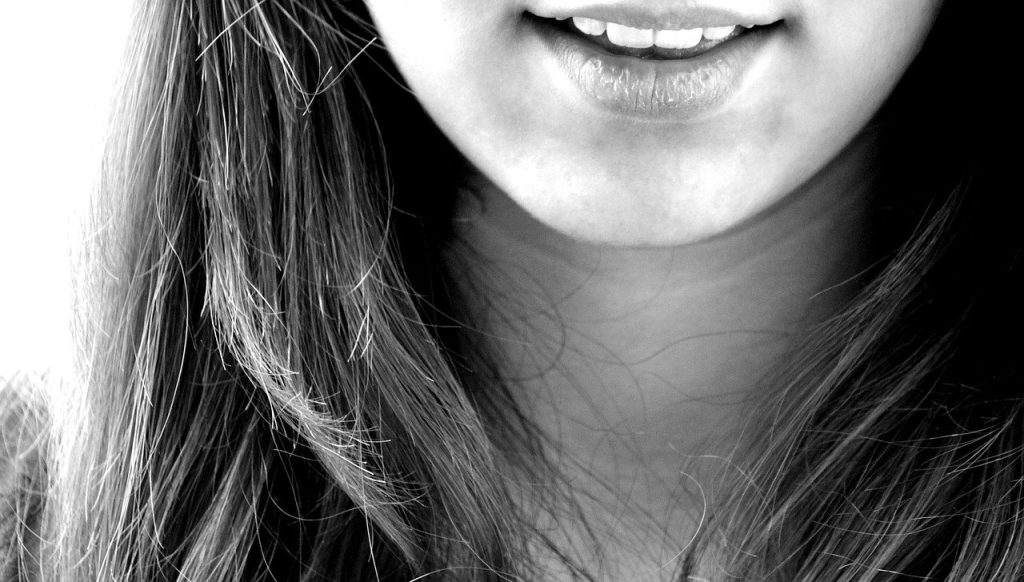
Braces are the most common orthodontic “appliance” used to straighten teeth, align bites, and achieve beautiful smiles. But, there are times that braces alone aren’t enough to complete the job. In some of these cases, an orthodontic palatal expander may be necessary.
Who Needs a Palatal Expander?
In an ideal occlusion, aka “bite”, the top teeth fit closer to the cheeks and lips relative to the bottom teeth, which are in closer to the tongue. This is the most efficient and effective way for the teeth to fit together to bite, chew, speak, and have normal function of the jaws. When the upper jaw, or palate, is too narrow, this relationship is reversed and we call this a cross-bite.
It’s important that a cross-bite due to a narrow upper jaw is diagnosed by an orthodontist as early as possible in childhood or adolescence. In childhood, the upper jaw consists of two bones with a suture that runs down the middle of the palate, or “roof of the mouth”. Around age 15 for girls, and 17 for boys, this suture fuses and the upper jaw becomes one solid piece of bone. After that, a jaw surgery may be necessary to correct a cross-bite.
How does a Palatal Expander Work?
After an orthodontist diagnoses the need for a palatal expander, a technician fabricates a custom palatal expander. The expander is then cemented into place on the roof of the patient’s mouth.
Next, the orthodontist shows a third person (usually the patient’s parent) how to turn the expander. There is a screw in the middle which widens the expander, and also the palate, by a fraction of a millimeter each day. This may seem like an insignificant amount. But, after turning it once a day for 2 or 3 weeks, this adds up to the right amount of expansion. (Watch the video below to see what this looks like.)https://www.youtube.com/embed/ioIMjk9Ncus?wmode=opaque&enablejsapi=1
What Happens Next?
Gap between front teeth – It is normal for a gap to open between the front two teeth during the days that the expander is being turned. This gap is only temporary, and will be closed completely when braces are later put on.
Metallic taste – Expanders contain stainless steel. During the first day it is normal for the patient to notice somewhat of a metal taste.
Does it hurt? – While there is some tightness and mild soreness during turning, the vast majority of patients do not report pain. It may be a good idea to plan soft meals and avoid crunchy or chewy foods while you or your child is in the beginning phase of the expander.
Altered Speech – When the expander goes in, the patient may talk a little funny and have a lisp. This is only temporary, and will usually last less than a couple days. The more the patient talks, the sooner he or she will get used to it and talk normally again.
Brushing and Hygiene – Patients with expanders need to brush their teeth as usual as well as brushing the expander itself. Also, rinsing well with water or mouth rinse can help clean out food that may become stuck on the expander.
Your child’s dentist may refer him or her to an orthodontist if they notice a cross-bite or other orthodontic problem develop. But, dentists are not specialists in diagnosing orthodontic problems so not all orthodontic problems may be identified early on. For that reason, a free consultation with an orthodontic specialist in the childhood years is a good investment of you and your child’s time. A consultation is valuable to identify orthodontic issues early, correct them early (if necessary), plan for future orthodontic treatment, or have the peace-of-mind to know that your child’s orthodontic development is normal and they may not need treatment at all.
